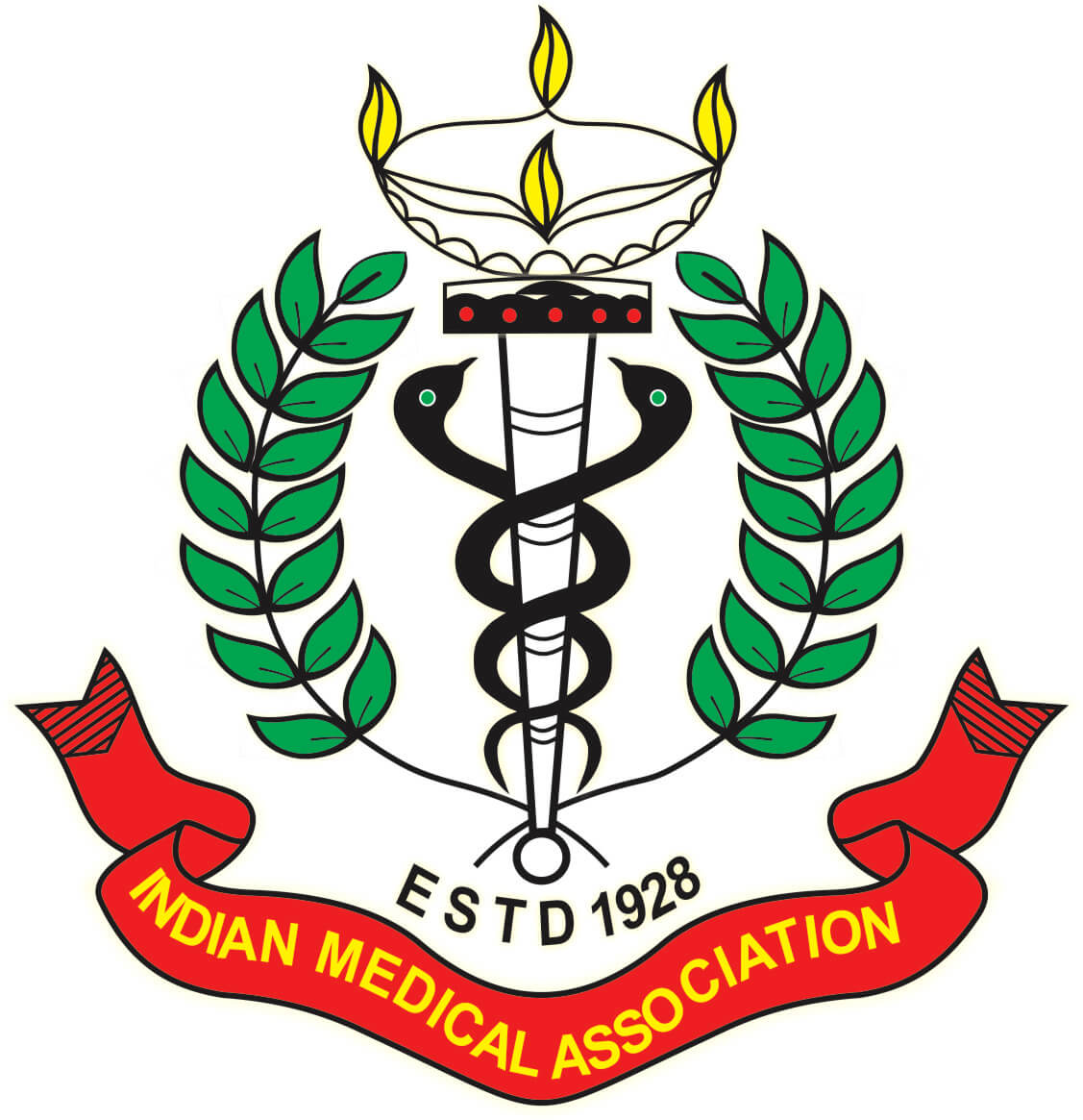In January 2020 the World Health Organization (WHO) declared the outbreak of a new coronavirus disease in Hubei, China to be a Public Health Emergency of international concern and by March 2020 the WHO declared this a pandemic. In India, the first COVID-19 case was diagnosed on 30th January 2020. With cases rising steadily in various states, IMA-HP has designed several courses consisting of videos, lectures, webinars, power point slides and guidelines for its members that have been curated from government bodies or other credible organizations.
Social mobilizers, community workers and volunteers have an important role in providing timely and actionable health information so that people know how to protect themselves and reduce the risks associated with the coronavirus disease 2019 (COVID-19). In this course social workers associated with IMA-HP will learn about the epidemiology, IPC, personal protection from coronavirus, myths and facts associated with the disease and learn how to perform their role in the community to control spread of COVID-19.
Chapter 1: Video for community workers handling COVID-19 Patient: This video is downloaded from MOHFW site which is animated presentation for front line health workers to guide the community.
Chapter 2: Facilitator guide
Unit 1: PDF Document: This document is downloaded from MoHFW site. This module is for ASHA and ANM workers. After this training they will be able to support community surveillance process, strengthening community linkage with public health services, preparedness, prevention and control. They will also learn about protection of healthcare workers from acquiring COVID 19. This document provides the information about the essential technical features required for handling COVID-19 patient
Unit 2: PDF of facilitator guide: This PDF is downloaded from MoHFW site. This PPT is in the form of PDF gives detailed presentation about the sessions provided in facilitator guide.
Unit 3: How to use the tool kit: This video explains about the toolkit which consists of facilitator guide for the training (to be used by the DSO for training the FLWs), presentation for the training (to be used by the DSO during the VC) and pocket book with 5 to do's for various topics as reference for the FLW ( the pdf can be loaded on the WhatsApp and be a handy guide for the FLW)
Unit 4: Community surveillance: Participants will be able to explain who is a suspect and who is a contact and will be able to list the types of contacts and their risk levels participants will be clear on giving information on services that are provided for symptomatic and asymptomatic cases
Unit 5: Supportive public health services: Community and Households: Participants will be able to understand the steps for ensuring creating community support for COVID-19, they will understand and be able to give information on services to be provided for homecare and home quarantine for suspected case and family members and also will be able to give a checklist of preventive actions to be taken at home and in public places to avoid spread of COVID-19.
Unit 6: Managing stigma and discrimination: Participants will be able to define stigma and understand why COVID-19 causes a stigma in society. Participants will know how stigma affects their work and what they can do to address it.
Unit 7: Personal safety for frontline workers: Participants will be able to list what to communicate and how to communicate, Participants will demonstrate self-protection measures and will be able to prepare a checklist of safety measures to be taken during home visits and contact tracing procedures.
Unit 8: Special communication needs in urban areas: Participants will be able to discuss special activities needed in urban areas
Chapter 3: Personal protective equipment
Unit 1: PDF document: This document is provided by WHO which gives recommendations for the
rational use of personal protective equipment (PPE) in healthcare and community settings, as well as during the handling
of cargo; in this context, PPE includes gloves, medical masks, goggles or a face shield, and gowns, as well as for specific
procedures, respirators (i.e. N95 or FFP2 standard or equivalent) and aprons.
Unit 2: Recorded webinar by AIIMS: This webinar was recorded on 30th March 2020. The webinar gives detail explanation about how the health care professional should prepare themself before examining the COVID-19 patient and how and where to dispose the mask, after examining the COVID-19 patients.
Chapter 4: Isolation and quarantine
Unit 1: Isolation facility set up: This booklet is provided from NCDC which gives complete information about how to prepare the isolation wards, and the precautions to be adapted while wearing and removing personal protective equipment
Unit 2: Guidelines for disinfection of quarantine facility of COVID-19: This document is provided by NCDC which provides detailed guidelines about the disinfection facility of coronavirus patient
Unit 3: Guidelines for quarantine of patient: This document from NCDC provides detailed information about procedures required to be adapted for preparing quarantine facilities, like preparing infrastructure, medical facility etc.
Chapter 5: Waste management for COVID-19
Unit 1: PDF document: This interim guidance supplements the infection prevention and control (IPC) documents by summarizing, WHO guidance on water, sanitation and healthcare waste relevant to viruses, including coronaviruses. It is intended for water and sanitation practitioners and providers and healthcare providers who want to know more about water, sanitation and hygiene (WASH) risks and practices.
Unit 2: Recorded webinar by AIIMS: This webinar was recorded on 30th March 2020. The webinar starts with introduction about COVID-19 and continues with the IPC measures to be adapted by HCP while handling or examining COVID-19 suspected or positive case.
Chapter 6: Risk assessment: Current evidence suggests that the virus that causes COVID-19 is transmitted between people through close contact and droplets. People most at risk of acquiring the disease are those who are in contact with or care for patients with COVID-19. This inevitably places health care workers (HCWs) at high risk of infection. Protecting HCWs is of paramount importance to WHO. Understanding how HCW exposure to COVID 19 virus translates into risk of infection is critical for informing infection prevention and control (IPC) recommendations. This data collection form and risk assessment tool can be used to identify IPC breaches and define policies that will mitigate HCW exposure and nosocomial infection.
Chapter 7: Do’s and don’t for community worker handling COVID-19 patient: This document is downloaded from MoHFW which provides the detailed information to the community workers about their roles, safe practices to be adapted while handling COVID-19 patient etc
Chapter 8: Myths and Facts: This webinar was recorded on 1st April 2020 by AIIMS and provide detailed explanation about myths and facts of COVID-19.



